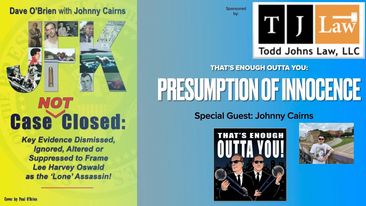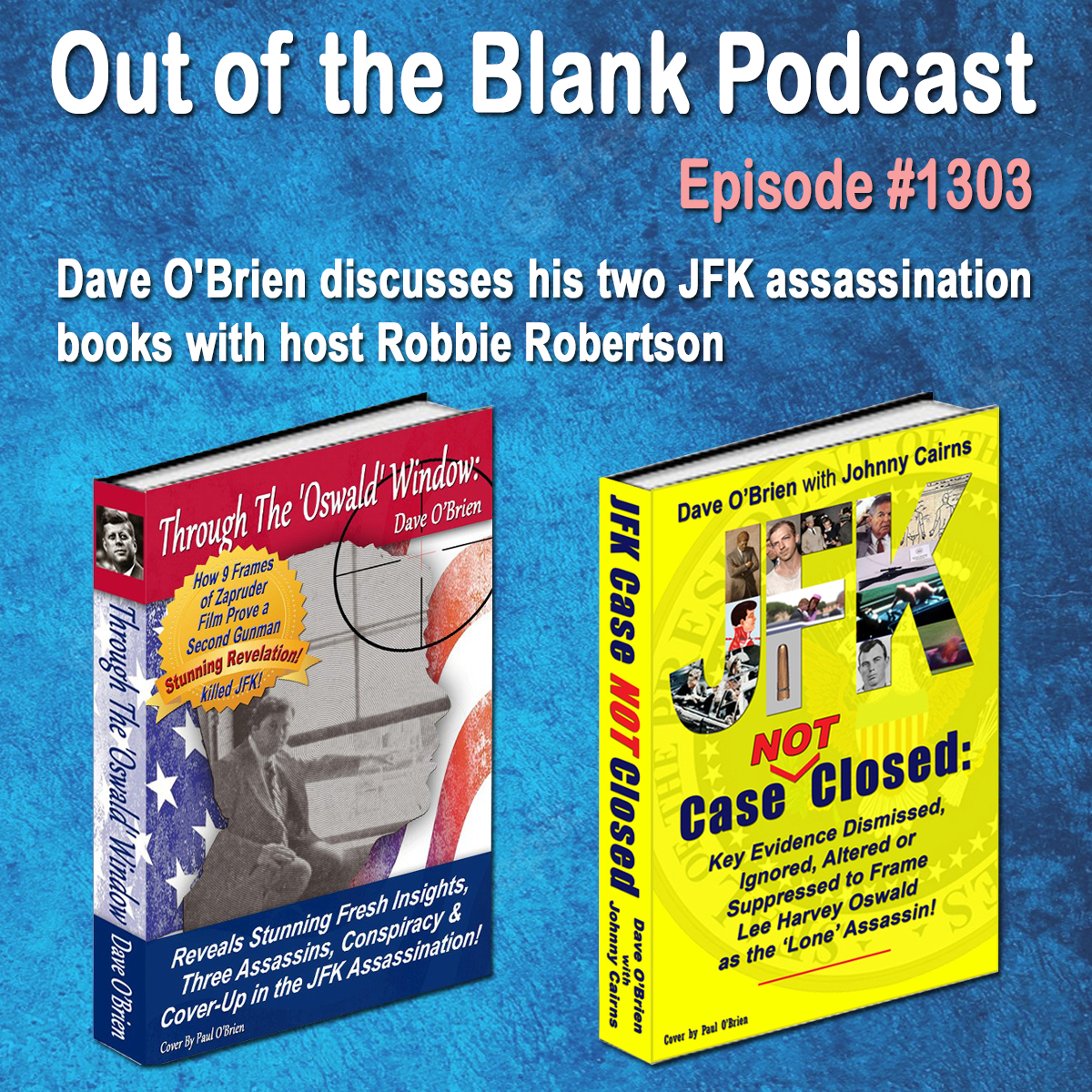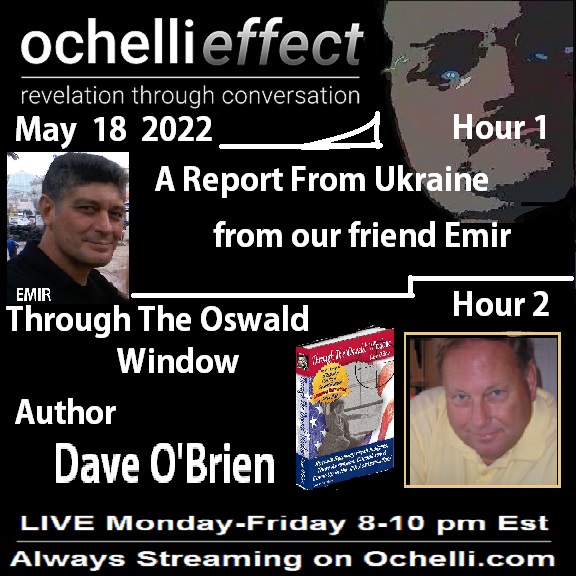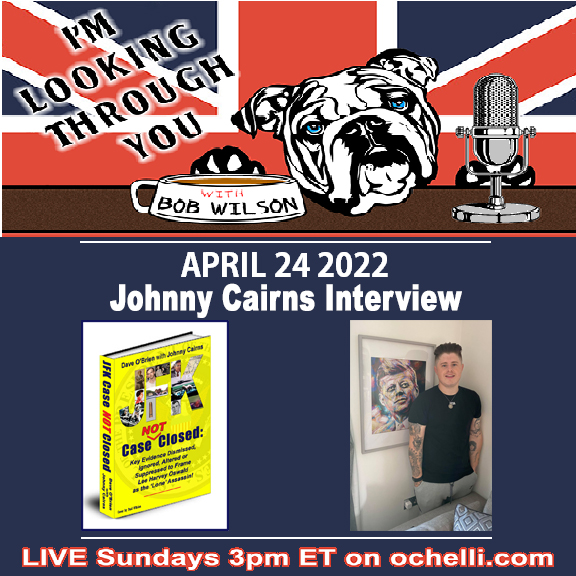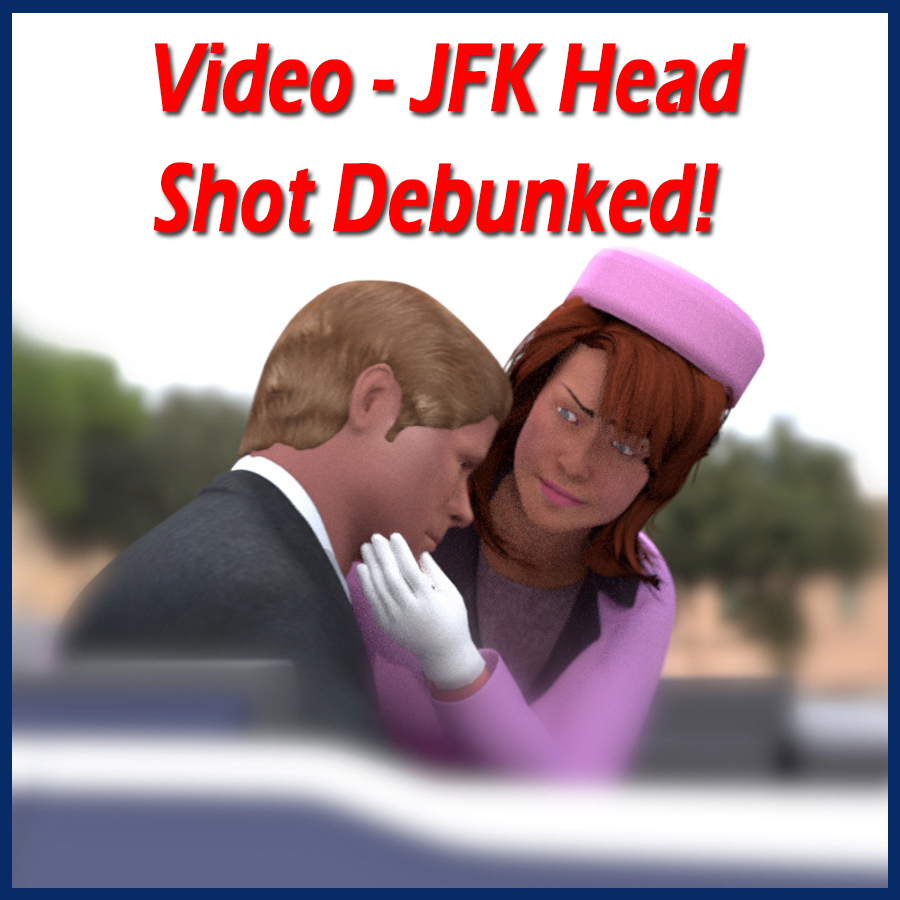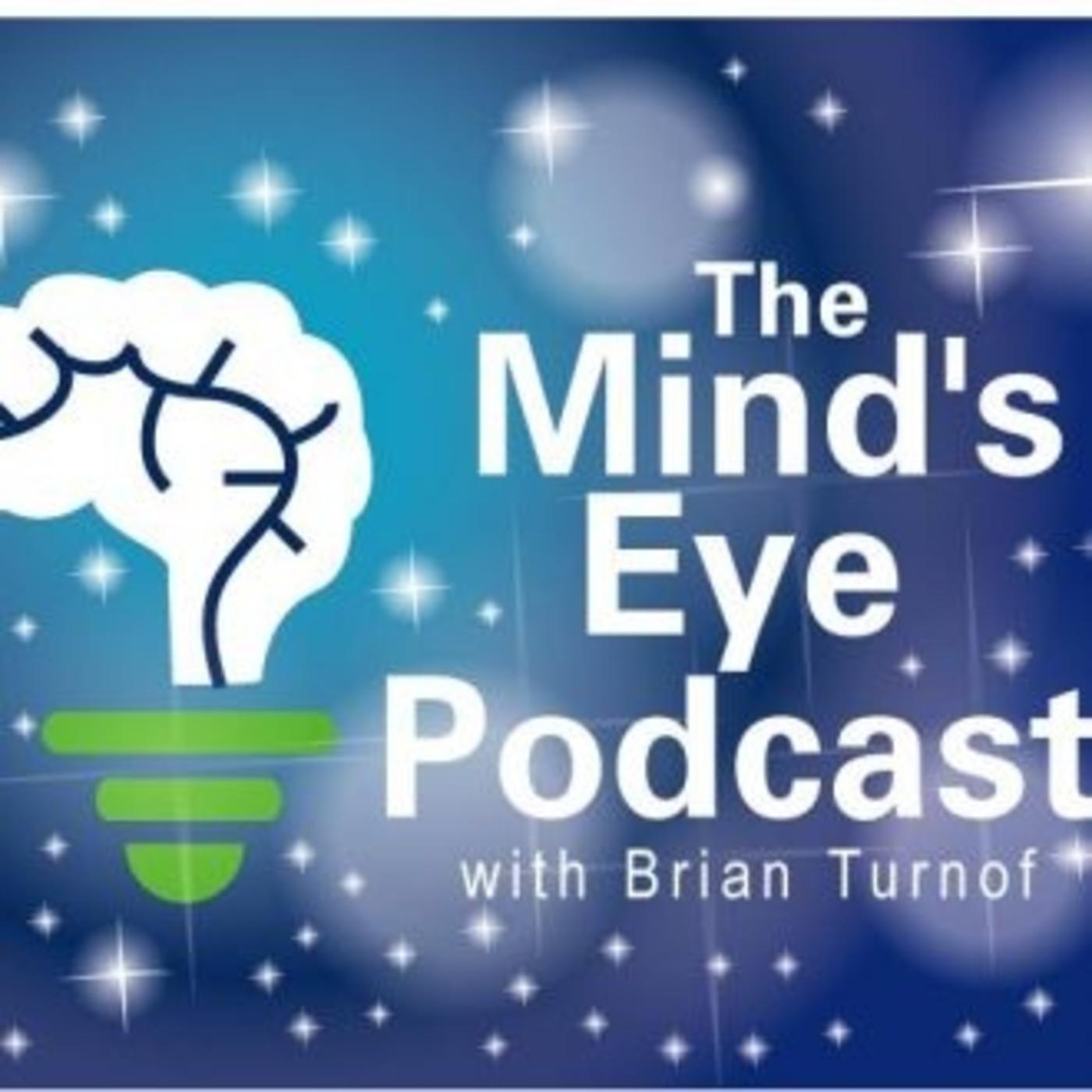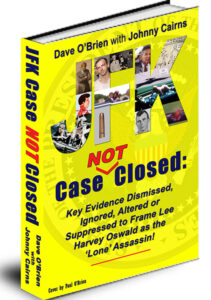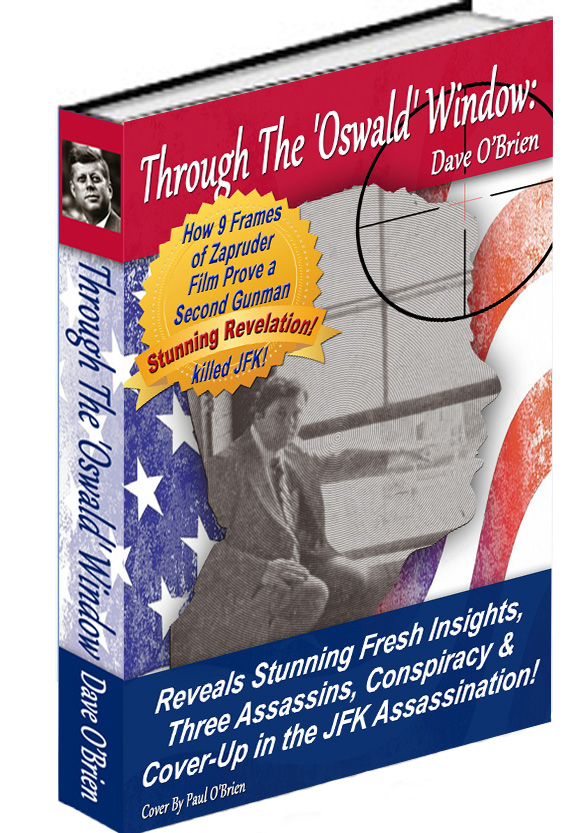JFK Case NOT Closed Chapter Previews
Chapter 8
Seeing ISN’T Believing? Putting the JFK Film and Photo Myths to Rest Once and For All
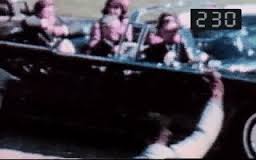
Films and photographs often tell us what happened at a crime scene, especially in this age of cell phone cameras that capture a crime in progress such as the slow, methodical murder of George Floyd by police officer Derek Chauvin.
Sure enough, the murder of John F. Kennedy on November 22, 1963 was well documented by both film footage and hundreds of clicks of cameras by bystanders in Dealey Plaza.
Yet, instead of a plethora of images giving us a clear picture of what happened to President Kennedy in that fateful motorcade, the crime of the 20th century remains shrouded in mystery and unanswered questions.
The 26.6-second Zapruder film, famous for documenting the execution of President Kennedy, is just as controversial with accusations of film splicing or alteration to incriminate Oswald as a ‘lone’ assassin.
The Orville Nix film was less controversial until it mysteriously went missing soon after the assassination while in FBI possession, never to be returned to the Nix family.
To this day, these images still ask as many questions as they answer. Who was the ‘Umbrella Man’ and what was he doing as the shots rang out? Do images reveal other gunmen, such as the ‘Badge Man’ on the grassy knoll? Does film footage and photos solve or confuse the critical ‘Single Bullet Theory’ that needs to be true if Oswald could have been a ‘lone’ assassin?
Chapter 8 in JFK Case ‘NOT’ Closed discusses some of the mysteries created by the very images that should clarify what happened in those critical few seconds in Dallas.
The good news is that many of these images still exist in the National Archives and we are starting to see modern technologies being applied to help us separate speculation from fact.
A huge premise of JFK Case ‘NOT’ Closed is the call to action of readers to support RFK Jr. in his attempt to create a new official investigation into the four political assassinations of the 1960’s, included his father and uncle.
The JFK assassination film and photo evidence needs to be subjected to the latest technological advances by a new formal inquiry into this historical event. Later, chapter 16 gives us an example of how modern technology applied to images may finally be able to tell us how JFK was murdered.
Chapter 8 details image controversies that need to be a focal point of a new official inquiry and why they may give us our best chance of discovering the truth about JFK’s murder after only 1036 days in office.
